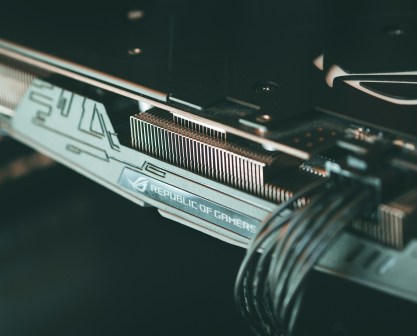 In the intricate ecosystem of Linux, where open-source solutions thrive, Mesa stands as a crucial element, influencing the graphical capabilities of the operating system. Referred to as the Mesa 3D Graphics Library, Mesa is an open-source software implementation of OpenGL, Vulkan, and various other graphics APIs. Let’s delve into the intricacies of Mesa and its pivotal role in crafting the visual landscape of Linux systems.
In the intricate ecosystem of Linux, where open-source solutions thrive, Mesa stands as a crucial element, influencing the graphical capabilities of the operating system. Referred to as the Mesa 3D Graphics Library, Mesa is an open-source software implementation of OpenGL, Vulkan, and various other graphics APIs. Let’s delve into the intricacies of Mesa and its pivotal role in crafting the visual landscape of Linux systems.
The Birth of Mesa
Emerging from the vision of the Free Software Foundation for a free and open-source graphics stack, Mesa took its form in the early 1990s. Its primary goal was to equip Linux users with a graphics library that could rival proprietary solutions, ensuring that the Linux community could harness advanced graphics power without compromising on principles of openness and freedom.
Mesa’s Architecture
Mesa comprises user-space drivers that interact with the Linux kernel’s Direct Rendering Infrastructure (DRI). These drivers serve as a crucial link between the graphics hardware and the graphics APIs, allowing applications to render graphics directly without the need for a windowing system to intervene.
At its core, Mesa provides implementations of industry-standard graphics APIs, including OpenGL and Vulkan. This empowers Linux applications and games to leverage advanced graphical features, creating a rich and immersive user experience.
Diverse Graphics Drivers in Mesa

A significant strength of Mesa lies in its diverse array of graphics drivers. Mesa supports a range of graphics hardware, from AMD and Intel to NVIDIA GPUs. These drivers undergo continuous development, ensuring compatibility with new hardware releases and optimizing performance for existing ones.
The open-source AMDGPU and Intel i965 drivers are noteworthy components of Mesa, showcasing the community-driven effort to provide robust and high-performance graphics support.
In recent years, the inclusion of the RADV Vulkan driver has further expanded Mesa’s capabilities, granting Linux users access to the latest advancements in graphics technology.
Mesa’s Impact on Gaming
With the surge in gaming on Linux, Mesa plays a pivotal role in ensuring a seamless gaming experience. Its support for OpenGL and Vulkan enables Linux users to run a variety of games, including those demanding advanced graphical features. Ongoing development and optimization efforts within Mesa contribute to closing the gap between Linux and other gaming platforms.
Community Collaboration and Development

Mesa’s strength extends beyond its codebase to the vibrant community that surrounds it. Developers from around the globe actively contribute to Mesa, addressing bugs, enhancing performance, and adding support for new features and hardware. This collaborative spirit ensures that Mesa remains at the forefront of open-source graphics technology.
Mesa stands as a cornerstone in the realm of Linux graphics, embodying the principles of open-source development and providing Linux users with a platform to experience cutting-edge visuals. Its continual evolution, diverse driver support, and role in bridging the gap for Linux gaming underscore its significance in shaping the graphical landscape of Linux systems. As technology advances, Mesa remains a testament to the potency of community-driven, open-source solutions in the realm of computing.
